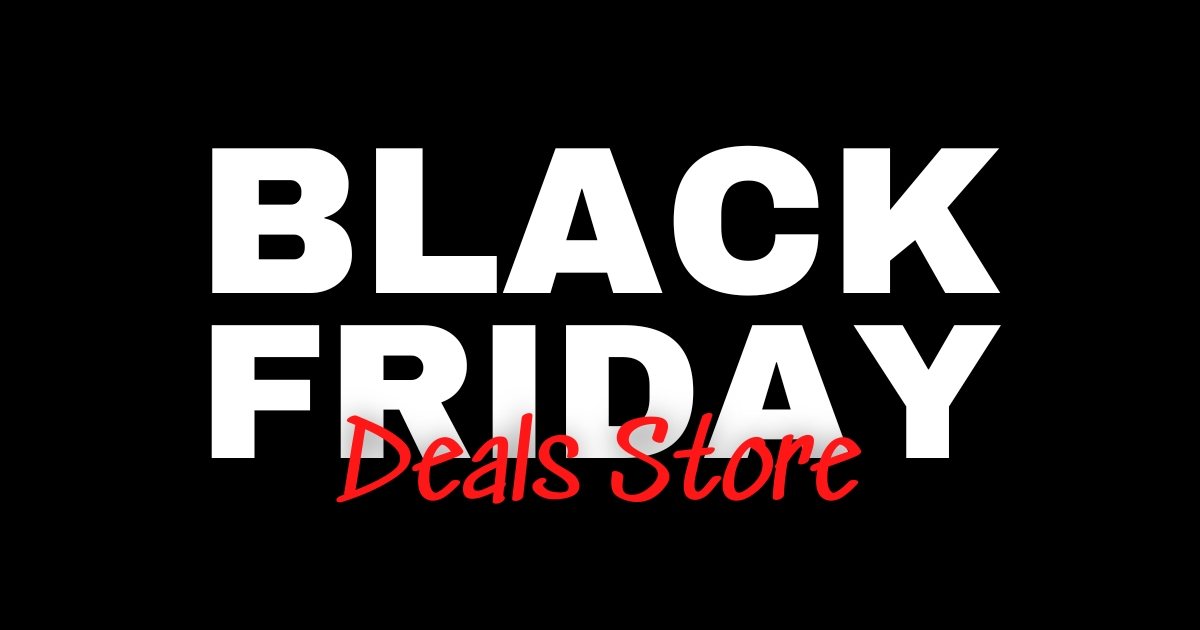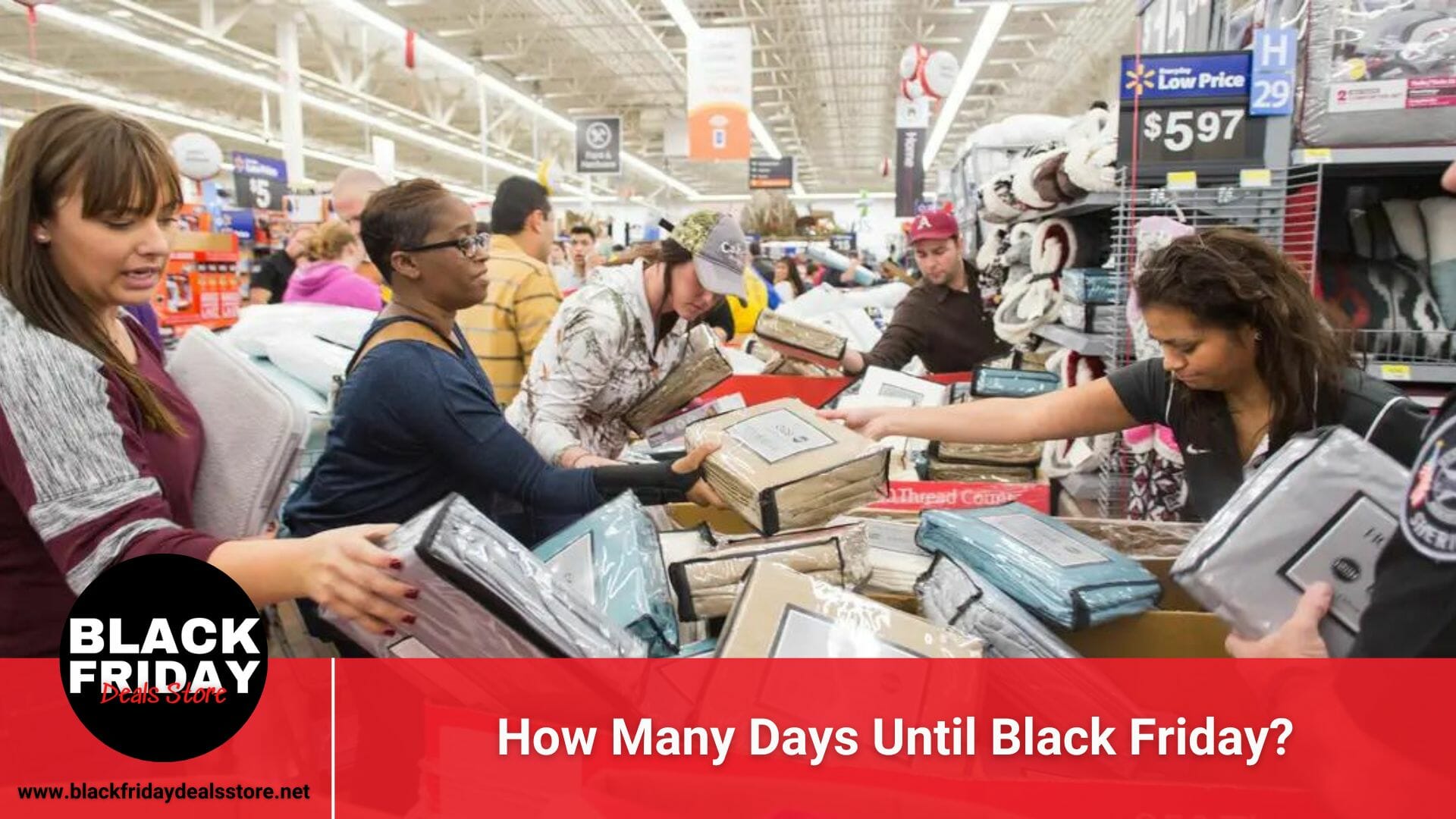Black Friday is the day after Thanksgiving and it marks the beginning of Christmas shopping. Many stores open very early on this day and offer promotional sales.
Whether you love or hate Black Friday, it’s important to plan your business’s Black Friday strategy well in advance. This will help you maximize the potential of your promotion and minimize any potential risks.
Defining Black Friday
Black Friday is a day after Thanksgiving that marks the official beginning of the holiday shopping season. It’s a crucial time of year for retailers, as holiday sales can account for 20% or more of annual revenue. It’s also a critical event for the economy, as overall holiday shopping figures are used to gauge consumer confidence and economic health.
While it is not an official federal holiday, many companies give their employees the day off, and most schools and universities are closed. This week-end is also a popular time for online shopping, with retailers offering discounts and other promotions.
For e-commerce merchants, Black Friday offers a unique opportunity to boost online sales by using emotional triggers. By featuring visually compelling offers and displaying them in premium spots on their website, merchants can generate more clicks and conversions. This includes promoting limited-time discounts, gift cards and referral coupons. Additionally, e-retailers can use exit-intent popups to capture shoppers who haven’t decided on a purchase yet. These tools can help them increase the number of leads and sales on Black Friday.
The Significance of the Countdown
The first two decades of the 21st century have careened between genesis and apocalyptic countdowns, from a global Millennium clock in Times Square to a series of doomsday predictions about Y2K. Whether it’s a personalized digital countdown to your birthday or the omnipresent public Climate Clock, these counting devices aim to mitigate impatience by replacing uncertainty with anticipation and empty waiting time with a quantified temporality.
Black Friday is a major shopping day that occurs the Friday after Thanksgiving. It’s a popular time for retailers to offer discounts and highly promoted sales, but it can also be stressful for consumers.
If you’re a print-on-demand merchant and want to capitalize on this retail juggernaut, then it’s important to plan your marketing strategy well in advance. You can use a countdown to build excitement and anticipation for your sale, offer discounts on select products, or provide other incentives for buyers to buy early. In addition, it’s a good idea to evaluate your Black Friday performance from previous years and make any necessary improvements.
Tracking the Countdown
Black Friday is a big shopping day that happens every year after Thanksgiving. It’s a great time to get deals on electronics, clothing, toys and other items. It’s also the start of the holiday shopping season, which is a critical time for retailers.
Despite the controversy over how commercialized Black Friday has become, it’s still one of the most popular shopping events of the year. In fact, many stores open their doors on Thanksgiving Day now, and some offer online sales before the official Black Friday event.
If you’re a print-on-demand seller, you can take advantage of this opportunity by offering discounts on your products during Black Friday. However, it’s important to do your research before the sale. There are a lot of scammers out there, so make sure you’re only promoting valid offers. Also, be sure to set a budget for yourself so that you don’t overspend. This is especially important if you’re relying on this event to drive revenue during the holidays.
Factors Influencing the Countdown
As with any marketing campaign, success depends on a number of factors. The most critical are customer expectations and perceptions. This year, those may be particularly challenging.
For many retailers, Black Friday and Cyber Monday give a glimpse into how shoppers will start their peak shopping season. Moreover, they provide retailers with an opportunity to develop sales strategies that are different from those used throughout the rest of the year.
Customers expect great discounts on electronics, clothing, toys, and more. They also want excellent service and a hassle-free experience. This means providing 24/7 support, especially through email.
As a result, it’s important to begin preparing for Black Friday and Cyber Monday early. This includes setting up an effective ecommerce website, including buy online, pick up in-store (BOPIS) options. This way, your customers can get their items quickly and easily. Moreover, you can encourage them to visit your store by giving sneak peeks of your sales in your social media accounts and emails. This will build interest in your upcoming promotions.
Tracking the Countdown
Black Friday is one of the biggest shopping days of the year. It takes place the day after Thanksgiving and marks the beginning of the holiday shopping season. It is a great time to find bargains on electronics, clothing, and toys. Some people enjoy going out to shop, while others prefer to stay at home and shop online. There are also many sales events that take place on Black Friday, such as doorbuster deals.
Some retailers have even started offering Black Friday deals earlier in the week, which has caused some controversy. While many people love the opportunity to score amazing deals, others have complained about the commercialization of the holiday.
If you are planning on participating in Black Friday this year, it is important to plan ahead. This will help ensure that you are successful and avoid any mishaps. You can start by evaluating your performance from previous years, such as which products or services were most popular and the incentives offered to customers. You can also determine which methods of marketing worked and those that didn’t.
The Black Friday Hype
The Black Friday hype can be a powerful force in the retail industry. But with so many retailers competing for attention and customers, it’s important to create a strategy that will allow you to stand out from the crowd.
While some people may object to the commercialization of Black Friday, others view it as a fun opportunity to score great deals and kick off the holiday season. With that in mind, we’ve compiled some tips for making the most of your Black Friday sales this year.
One of the best ways to get your Black Friday offers noticed is by leveraging user-generated content (UGC). According to Stackla, 79% of customers say UGC has a significant impact on their purchasing decisions. By using social media monitoring tools, you can easily find and utilize UGC to generate buzz for your Black Friday discounts. You can even create a contest for your shoppers to participate in to drive engagement and brand loyalty.
Strategies for Capitalizing on the Countdown
While some people are upset with the way Black Friday has been commercialized, it remains a much-anticipated event that is the start of the holiday shopping season. This means that it’s a great time for retailers to offer some amazing deals on products and services, which will drive traffic to their websites.
If you’re looking to get in on the Black Friday action, there are some simple strategies that you can implement. One of the best is to create a sense of urgency by offering limited-time discounts or countdown timers. This will encourage customers to make a purchase before the deal expires.
Another strategy is to offer free shipping on all orders. This will help to eliminate one of the biggest obstacles that causes customers to abandon their carts before purchasing. Finally, it’s important to promote your Black Friday offers on social media. You can do this by creating eye-catching banners and by including them in email marketing campaigns. This will help to build a solid contact list that you can use for future promotions.
Beyond Black Friday
As retailers struggle to adapt to a new normal, Black Friday may be on the decline. Consumers are choosing to avoid crowds and shop online. And while holiday shopping will endure — 88% of consumers told Visa they plan to buy gifts this year — it’s becoming increasingly clear that the traditional one-day sales bonanza isn’t what it used to be.
Historically, Black Friday deals have focused on electronics like TVs, computers and tablets. In recent years, however, we’ve seen a shift toward apparel, beauty, and home goods. And as shoppers become more discerning, they’re willing to pay extra for a product that meets their needs and expectations.
Black Friday is a great opportunity to attract new customers and boost your brand’s exposure. Use email marketing to reach out to your target audience, offering discounts and other incentives. And make sure to keep your subscribers informed by sending them updates about the latest Black Friday deals. Try SendPulse’s drag-and-drop builder to create a professional email for your Black Friday campaign.

